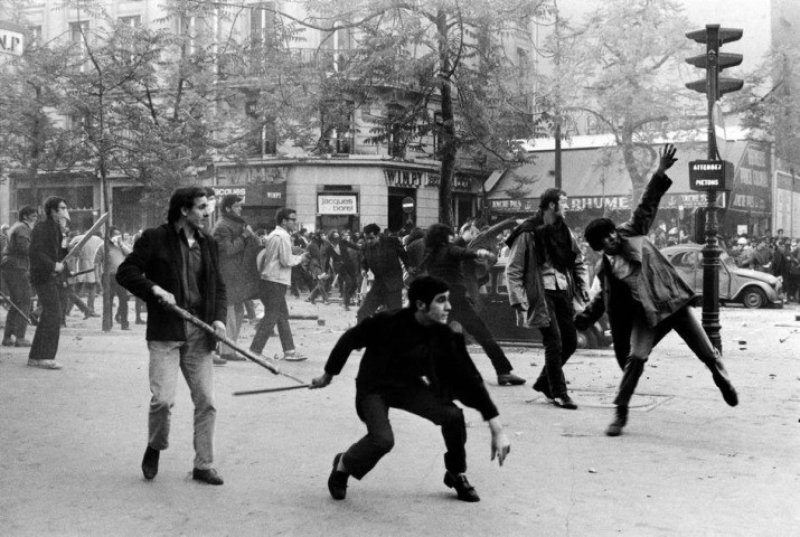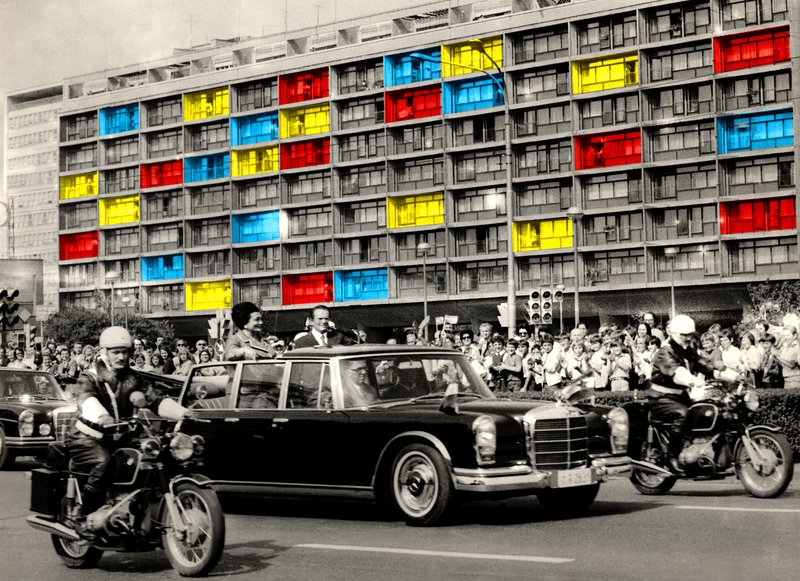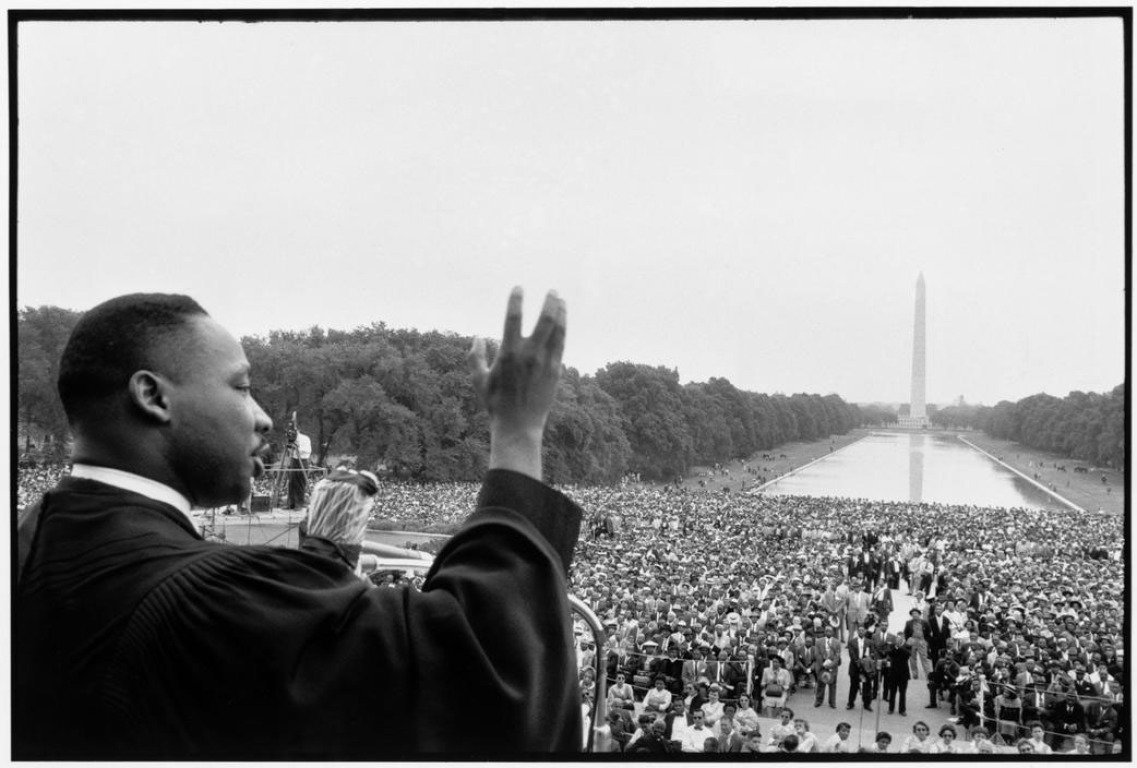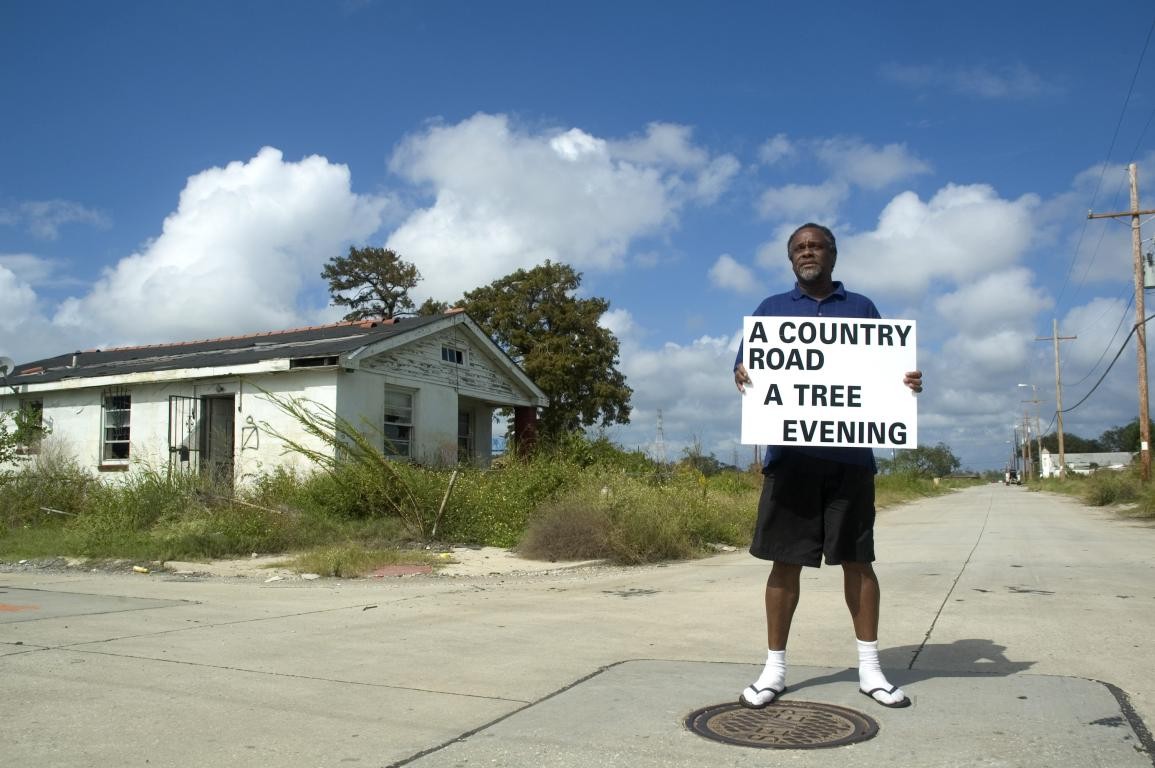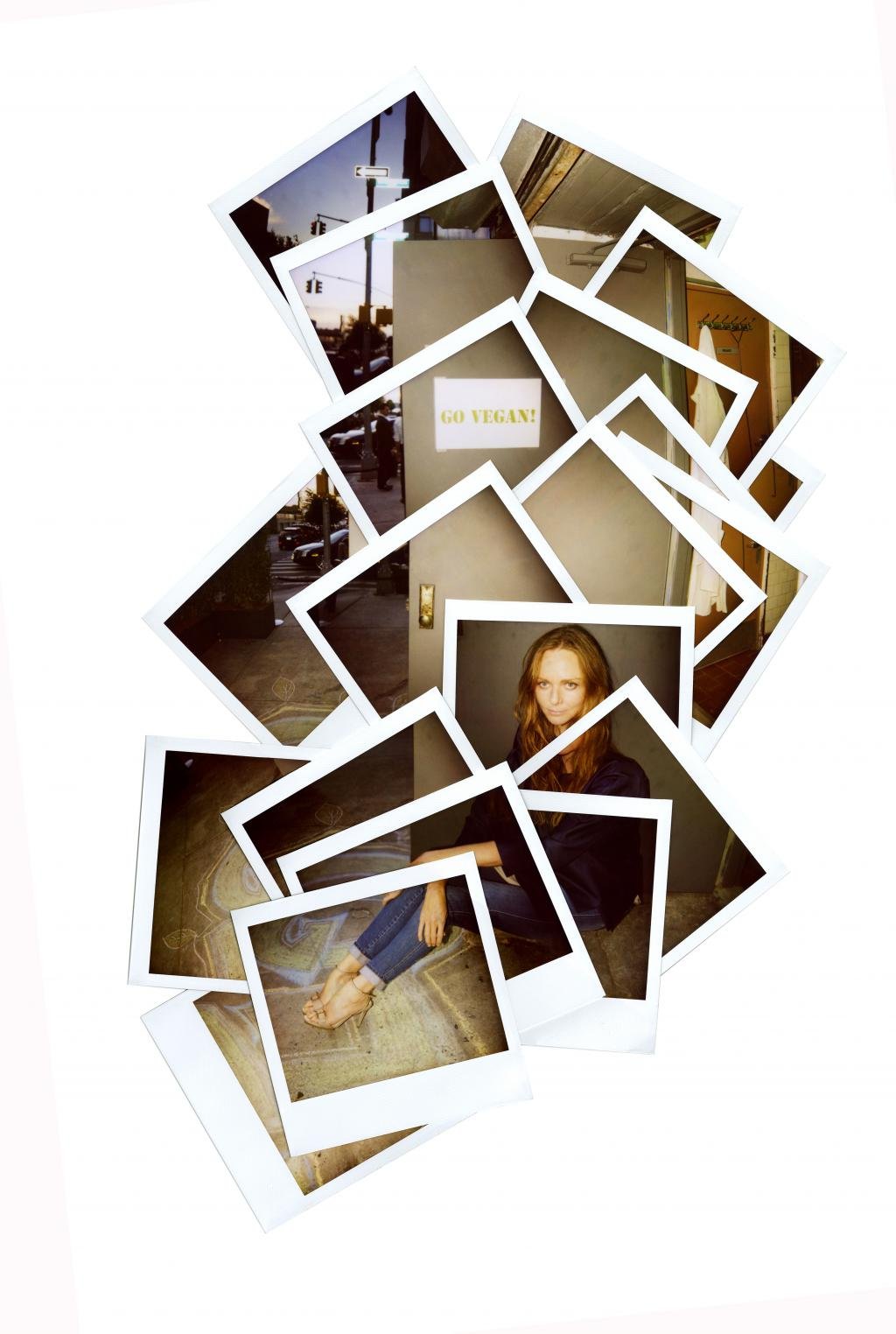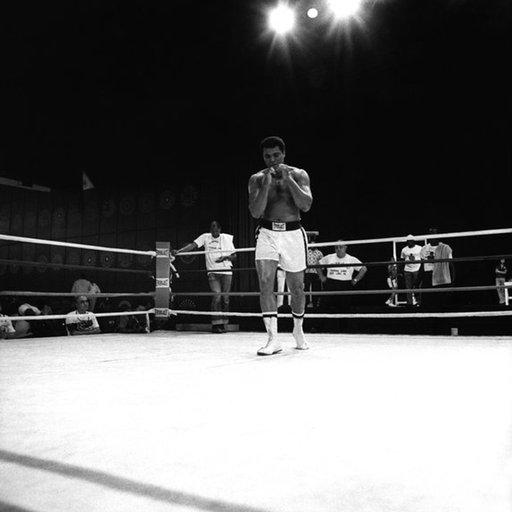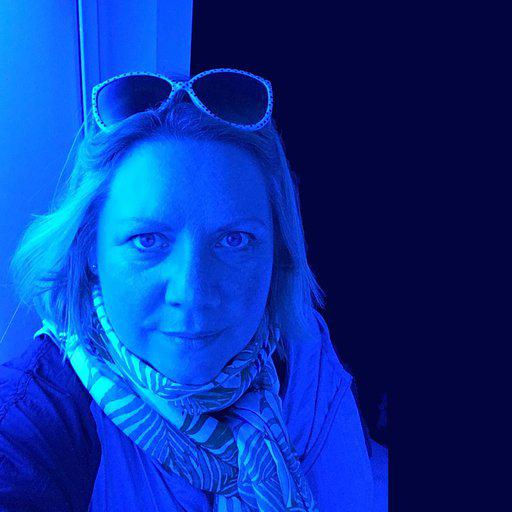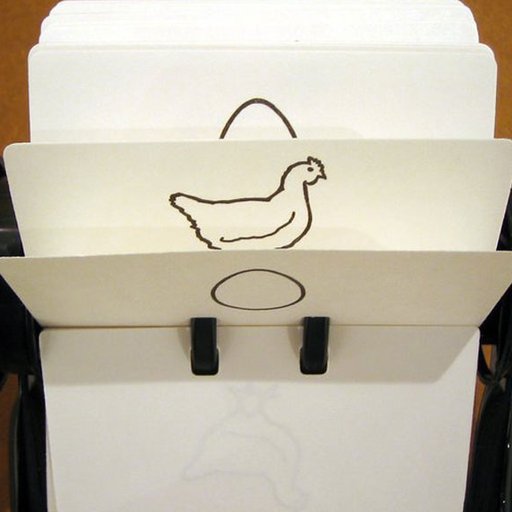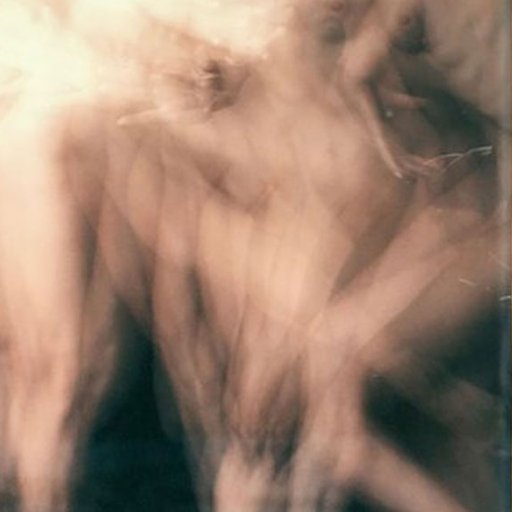We are living in a time which is – if not quite post-truth – seeing objective reality tested as never before. Political discourse is assailed by bots, sock puppets and propagandists; straightforward visual records are menaced by the growing potency of deep fakes and image manipulation.
It’s perhaps a response to this uncertainty that drives such a huge public interest in documentary photography – two of the blockbuster shows of the last year have been huge retrospectives of Don McCullin in London and Dorothea Lange in New York respectively, with equally strong showings for the form at AIPAD New York and Paris Photo.
However, the idea of the photo as an ‘honest’, immutable record of life has always been illusory. Lange herself was aware of this, saying that ‘Photography takes an instant out of time, altering life by holding it still.’ The very act of making a picture and observing a scene shapes it in some way. However, there is still a story to be told in a political photo – often one which has changed over time, or altered with hindsight, or been shaped by the artist’s intervention. Here are five examples from the Artspace archive from different times, with very different approaches, but equally powerful results.
Bruno Barbey - France. Paris. 6th arrondissement. Boulevard Saint Germain. May 6th (1968)
The student protests of May 1968 had more influence on the visual arts than most civil unrest – even as the demonstrations unfolded and descended into violence, a steady stream of striking, slogan-led images were produced by the hastily convened Atelier Populaire from the lithography studio at the L'ecole des Beaux-Arts. Silhouettes, caricature and pithy slogans (‘Sois jeune et tais toi’) all went on to shape subsequent generations of political art, graffiti and advertising. Some of the most vivid source material is found in the photos of Bruno Barbey who was on the streets during the riots.
French, but born in Morocco, Barbey had something of an outsider’s perspective on the city – already shooting for Vogue, the year of the riots saw him become a full member of Magnum (in the 1990s he would eventually become president of Magnum International). This shot, with its slim, stylish young Parisians launching projectiles, uselessly carrying sticks and scanning the horizon in different directions for the return fire that they know is coming perfectly captures the chaos, excitement and ultimate futility of most street protest. Find out more about this photo now.
Sanja Iveko vi ć - Zagreb, People Behind The Windows (1979)
Sanja Iveković is a photographer, sculptor, installation and multi-media artist from Croatia. Born in 1949 when it was still part of the former Yugoslavia, she studied at Zagreb Academy of Fine Arts, her graduation and first artistic ventures coinciding with the Croatian Spring of 1971, a period of protest and unrest with a strongly cultural component. Strongly involved with issues around female representation and identity, she has worked with the Zagreb Center for Women War Victims which was founded in 1992 to help displaced and traumatised women from the then-ongoing war and produced work addressing domestic and sexual violence.
However, this earlier work of Ivekovic’s is less direct, but tells a complex story of its own. The photo collage shows an official visit to Zagreb by president Jospi Broz Tito in 1979. For these parades, citizens were banned from the balconies of their own flats – an edict which Ivekovic deliberately flouted, simulating masturbation on the balcony of her block for a performanc entitled Triangle (a binocular-touting surveillance officer spotted her and she was promptly removed from sight).
In this image the block is reduced to monochrome, while the few flats where citizens are daring to appear at the doors of their balconies, even to be partially visible, are picked out in neon blocks of red, yellow and blue, splashes of colourful resistance standing out in the gloom. Buy the photo on Artspace now.
Wang Jinsong (b. 1963) was originally a painter, part of the post-Tiananmen Square crop of artists working in the ‘cynical realism’ style, with propaganda-type images undercut with elements of irony and pop culture. In 1996 he began the One Child Policy series, documenting the generations of three-person families which resulted from the population-limiting legislation of 1973. In 1999, he meticulously documented the Chinese characters painted on buildings earmarked for destruction during urban development programmes with his series One Hundred Signs of Demolition.
In keeping with this observation of the social and cultural changes moving through China, this work, Parents, is part of his Standard Family series in which he photographs retired couples living by themselves. He chose couples from the same generation as his parents, but from a variety of different social classes. As the first generation not to live closely with extended family and a close-knit community around them, all are experiencing this ‘independence’ in different ways.
This is a perfect example of the kind of conceptual documentary work that has made Jinsong so influential among his generation of Chinese photographers. Find out more about this photo now .
Bob Henriques was one of those photographers whose archive reveals an incredible overview of the 20th Century. In 1959 he covered the Cuban revolution (photographing Fidel Castro gloating over the wreckage of the Bay of Pigs invasion), but also produced celebrated images of baseball games, Kennedy’s campaign rallies, Marilyn Monroe and Katherine Hepburn on set in their prime, and jazz musician Dave Brubeck lounging in his convertible sports car.
This shot of Martin Luther King was taken on May 17, 1957 at the Prayer Pilgrimage for Freedom, and is a crucial moment in the history of the Civil Rights movement. The rally was called to mark three years since the landmark Brown v. Board of Education ruling in which the Supreme Court ended segregation in public education. But it also held to account the Southern States that had failed to implement this court order and fully enact desegregation.
Speakers on the day included Mahalia Jackson, Mordecai Johnson and – in what would be his first ever national address – a 28-year-old Martin Luther King. 30,000 people saw him speak at what was then the largest organized demonstration for Civil Rights, and a template for the long series of events which would follow for the rest of King’s life. Find out more about this photo now.
Globe - President Kennedy In The White House (1963)
This agency shot taken in the White House is a classic example of how an image can be imbued with extra significance by our knowledge of what was to come after. 1963 was already a tempestuous, grim year for the president. 1962 had culminated in the Cuban missile crisis and the very real risk of nuclear conflict, while the following 12 months would see America dogged by a more traditional but seemingly even less resolvable struggle in Vietnam.
‘We don't have a prayer of staying in Vietnam. Those people hate us,’ Kennedy observed. ‘They are going to throw our asses out of there at any point. But I can’t give up that territory to the communists and get the American people to re-elect me.’
His calm demeanor in this photo belies a frenetic period in office with the President being fed conflicting information by observers on the ground in South East Asia, while also marshalling American involvement in the Cold War across Europe, where a million-strong crowd saw him deliver the ‘Ich bin ein Berliner’ speech in Germany.
Domestically, the year also saw some of the most bitter scenes from the Civil Rights struggle, with the murderous bombing of the 16th Street Baptist Church in Birmingham, Alabama killing six children and the National Guard deployed to the University of Alabama to ensure the safe passage of African American students to class.
At the centre of this maelstrom sat Kennedy in an oddly domestic scene: an ashtray perches at the right of the shot and rather than working at the desk, he tilts back in the rocking chair which sat at the opposite end of the Oval Office from his desk and was used on his doctor's advice to ease his back pain (this same chair crops up in his televised ‘After Two Years’ interview of 1962 and numerous informal shots of Kennedy with other world leaders). The chair was auctioned off in 2018 at Eldred’s in Cape Cod for $50,000; by the end of 1963 Kennedy would be dead, assassinated by Lee Harvey Oswald. Find out more about this photo now.
[politicalphotos-module]












